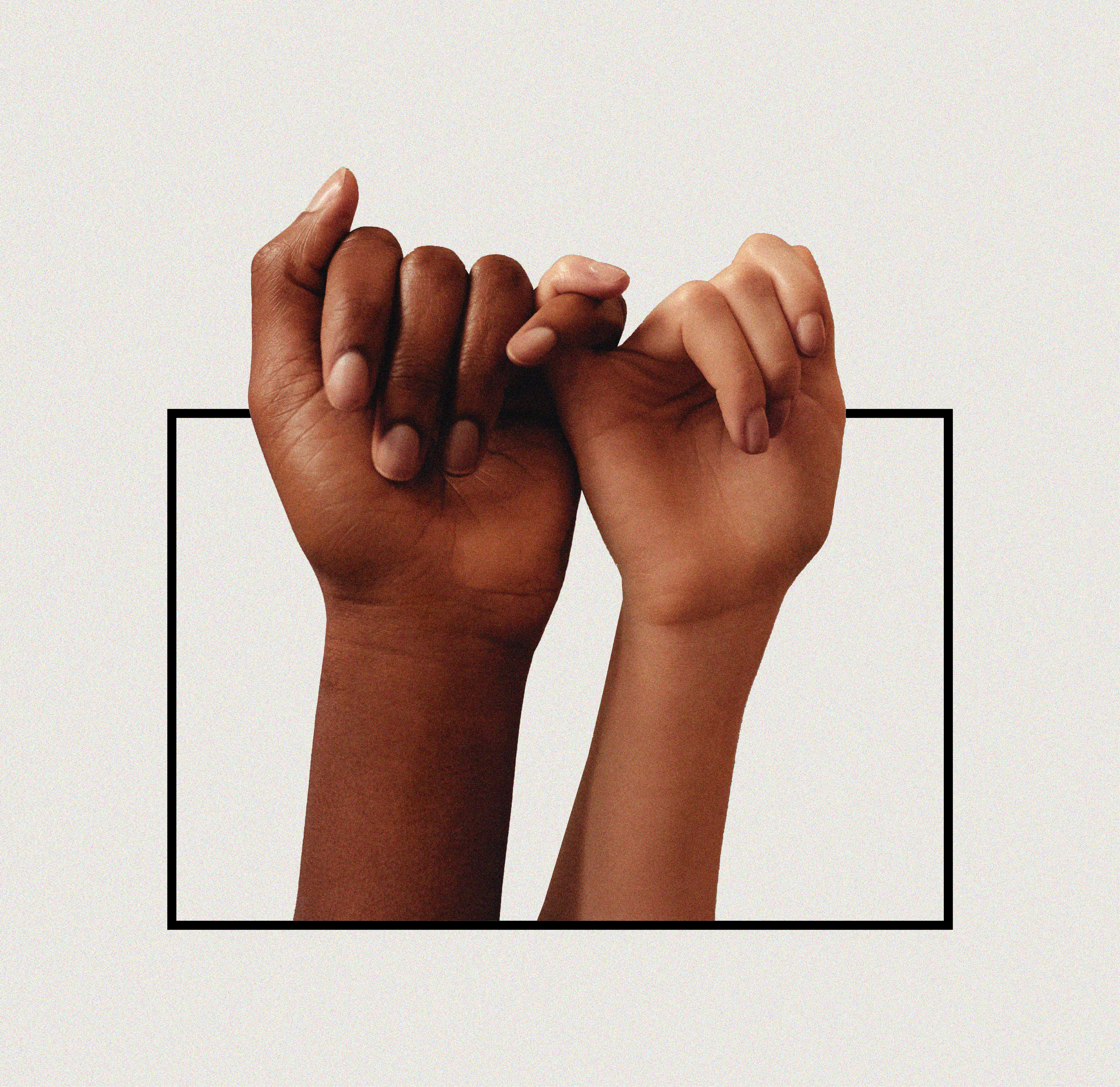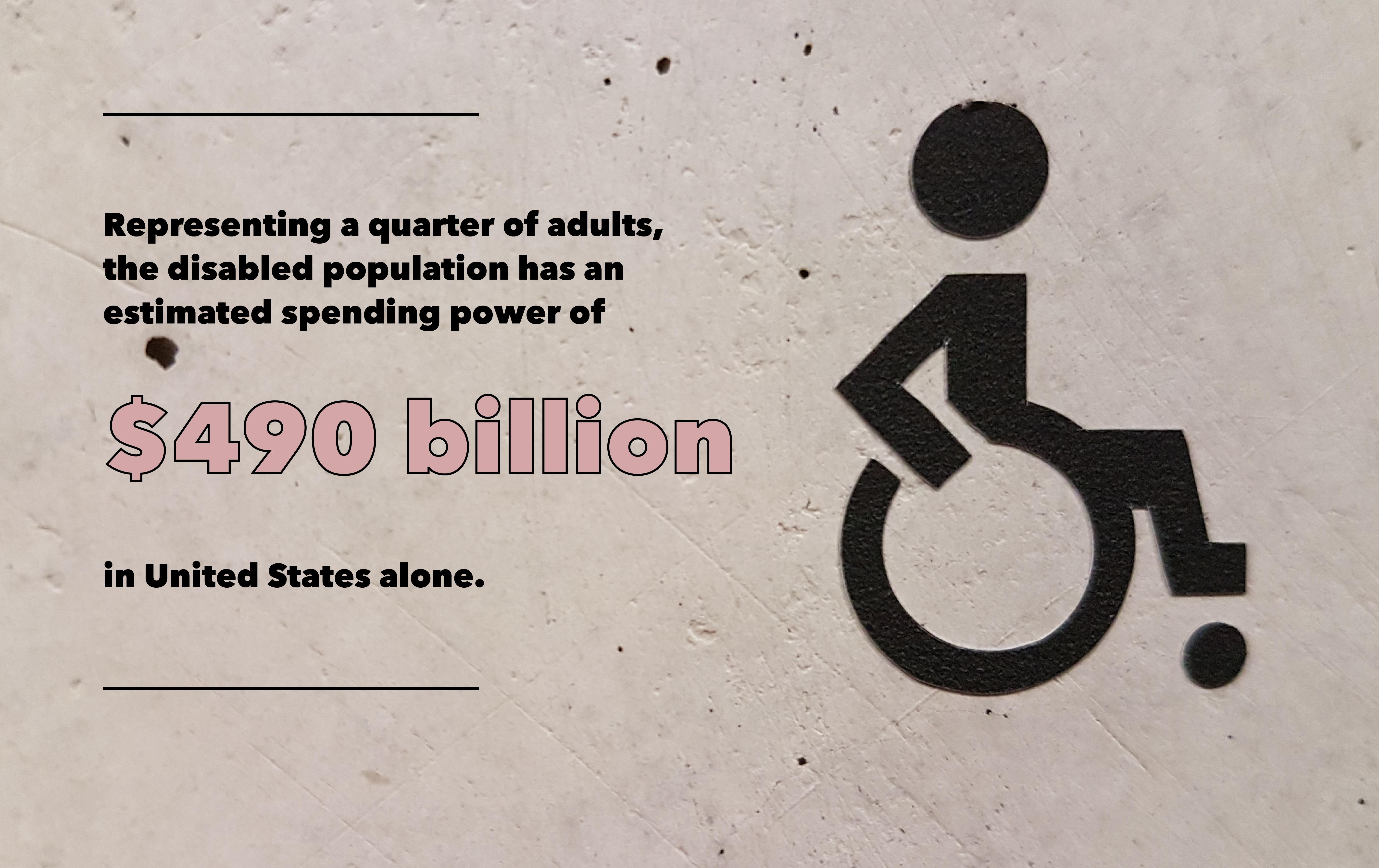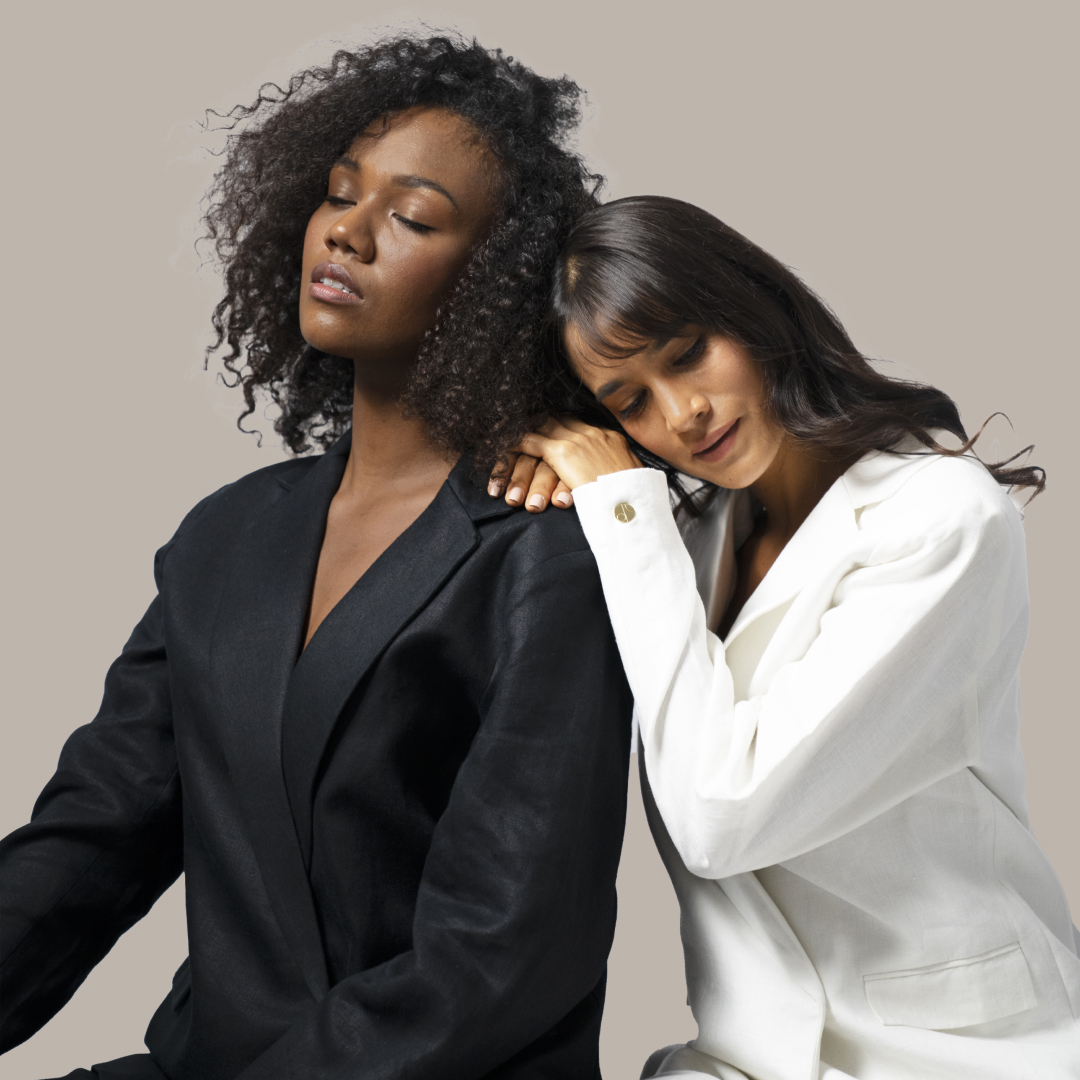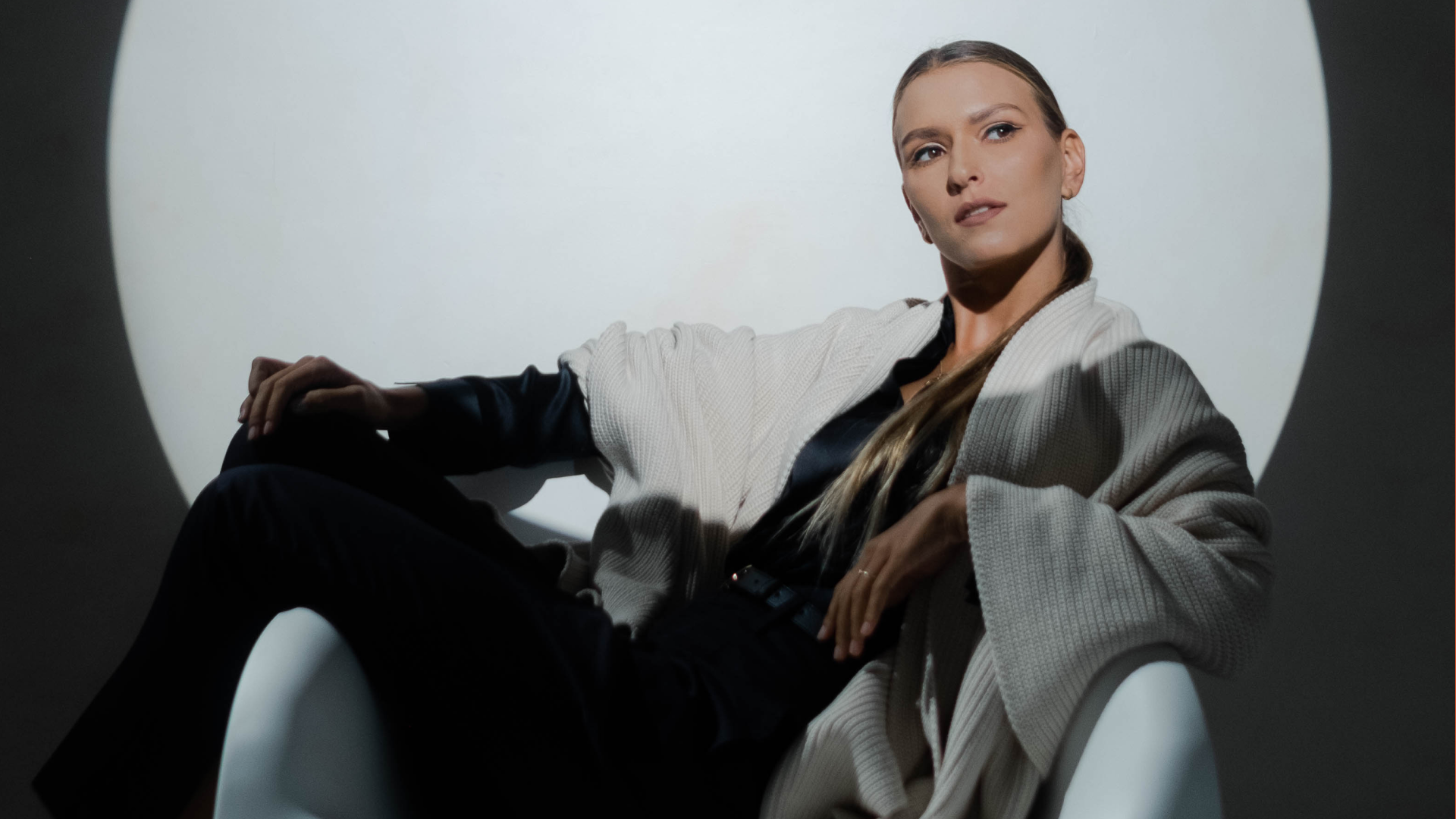Diversity and Inclusion in 2022 For The Fashion Industry

In the new year, we can only expect to see progress being made across all industries. For the fashion industry, the shift in consumers’ minds that now favours more sustainable and eco-friendly garments over fast fashion is becoming more and more visible as seen through demands and consumer research.
But another element to assess progress in the industry is brands’ diversity and inclusion efforts. Often abbreviated as DEI—which stands for diversity, equity and inclusion—, this term is commonly used across industries when the matter of diversity in the workplace is assessed. The truth is diversity matters, because not only will it encourage creativity and differing ideas to be exchanged, it is also very important for representation.
Diversity and inclusivity in fashion has definitely evolved throughout the years. In front of the camera, the fashion industry has moved away from showing previous standards of beauty—gaunt, chiseled, and caucasian. And behind the scenes, in the workplace and behind runway shows, diverse crew members and talents are believed to encourage greater creativity.
At the start of 2021, the Prestige called out the year for inclusivity in fashion to thrive or it will go extinct. The analysis was first initiated based on who the cover models were for Vogue’s December 2020 and January 2021 issues—who represented qualities of beauty in the modern sense. For the December 2020 issue, Harry Styles dressed in a Gucci ball gown was featured—the first time a man was featured on his own. Meanwhile, for the January 2021 issue, Paloma Elsesser, a plus size model was featured, flaunting a confident and sensual pose. The Prestige went on to say the following, “The fact that the world’s most powerful fashion magazine ends 2020 and begins 2021 with these kinds of covers shows that fashion is more than ever, doing some real soul-searching this year, and looking towards a more exemplary new start.”
In 2022, more candid conversations about DEI need to be exchanged. The lens often paints a flawless picture of progress and growth, but the reality of achieving a milestone is up and down. Let’s explore some expectations for diversity in fashion in 2022.
Fashion Month Spring 2022
The spring collection fashion shows typically occur around September of the previous year, showcasing potential trends that will fuel the fashion industry. When the Spring 2022 fashion month was deemed the “most racially diverse season ever” by The Fashion Post’s Diversity Report, we have seen that the later half of 2021 has anticipated the intensity of DEI that was soon taking place.
The report states that the Fashion Month Spring 2022, “[…] boasted 4,471 model appearances across 198 shows. And 48 percent of those appearances were by models of color.” It further notes that seven out of ten of the top models featured on these runways were women of colour. However, on the side of plus size models there is a slight decrease whereby Spring 2020 had a total of 86 plus size model appearances compared to 81 in the Spring 2022 show.
When talking about diversity, there are so many layers to consider. It’s not just about racial diversity, but it’s also about size and adaptability as well. The awareness for size diversity can still be louder, because there is what is called ‘the size disparity from catwalk to clothing rack’ as described by Savannah Sitton of the Editorialist.
“While representation on the runway is important, brands must be willing to take these plus-size looks from the runway and put them on the clothing rack in order to promote true inclusivity. Until then, the same problem holds true: luxury is reserved for the subset of shoppers that agree with an outdated, antiquated beauty standard.”
On the side of adaptive fashion, more can also be achieved in 2022. People with disabilities also require clothing that is accessible and wearable. And yet, adaptive fashion is still considered to be an untapped market.
There are always capitalistic gains to be noted when it comes to fashion, but when demand is used for something good and beneficial it can bring a lot of good. Providing adaptive fashion to people with disabilities can be seen as a form of empowerment and representation of the minority. In this way, brands are being inclusive and seen less as having diversity as a gimmick. Inclusion goes beyond diversity.
Going forward, the fight to make adaptive fashion more visible to the mainstream—to provide greater accessibility to those who actually need it—can be seen to set headlines at shows and stores.
Genuine Inclusivity
As mentioned above, inclusion goes beyond diversity. It’s in the execution and efforts paid to inclusion that brands truly exercise and uphold inclusivity as a value. Brands and agencies need to engrain diversity and inclusion as values first in order to really create impactful differences.
Behind the lens of it all, the way fashion brands run their daily activities following inclusion efforts are the ones that really matter. The people behind production, including make-up artists, crew members, hair stylists and photographers should also represent these values of diversity and inclusivity.
According to a statement by Tongan plus size model and Sports Illustrated swimsuit model, Veronica Pome’e, behind-the-scenes diversity in fashion is not what the world makes it out to be and that the problem starts at the source. Pome’ states for the Editorialist that,

DEI In The Workplace
In relation to genuine inclusivity behind the lens, advancing this to a new level is bringing diversity, equity and inclusion in the workplace. According to an article on McKinsey & Company, “[…] compared with men at the same level, women are doing more to support their teams and advance diversity, equity, and inclusion efforts. They are also more likely to be allies to women of color.”
The pandemic has caused a step back for DEI in the workplace, as it has caused women to take paid or unpaid leaves, or even resign entirely. But hopefully in the new year, we’re recovering from a post-pandemic world which makes it possible to kickstart progress for a more inclusive industry and society at large.
Much Love,
1 People











